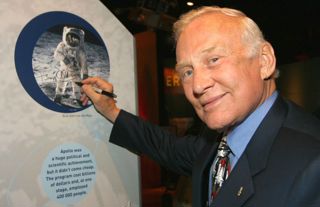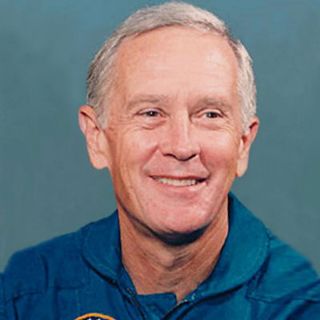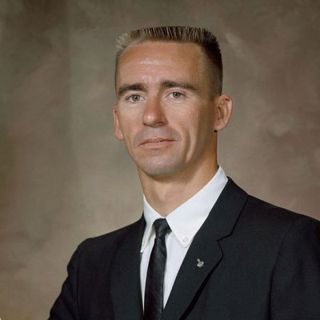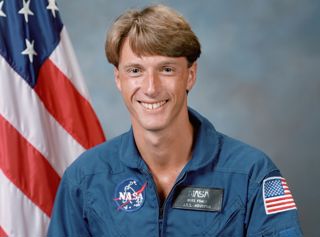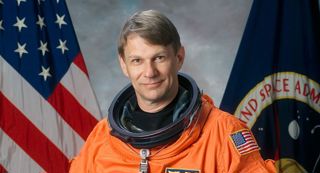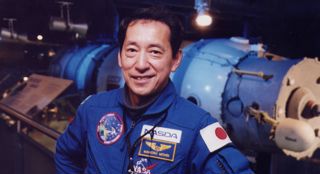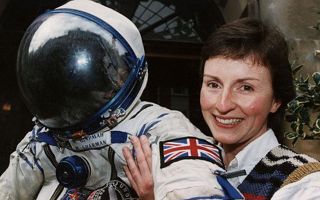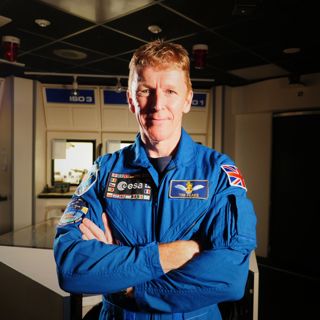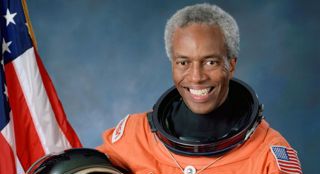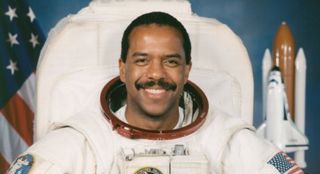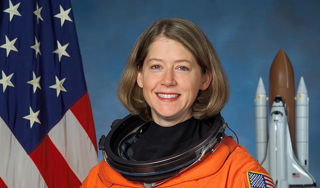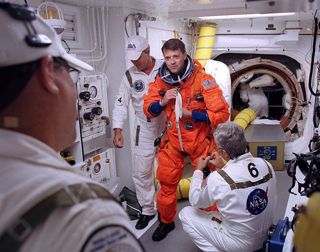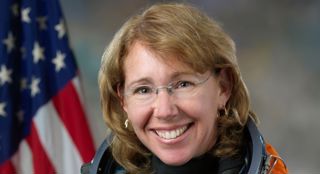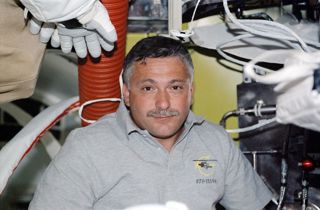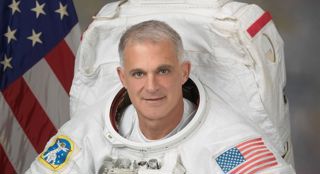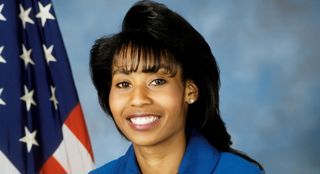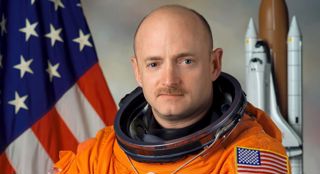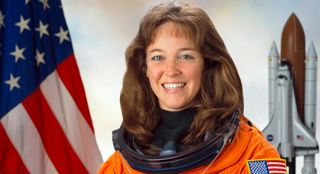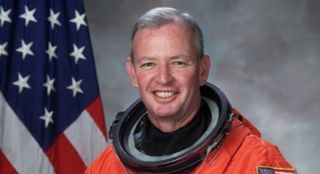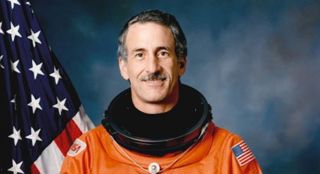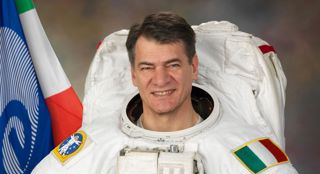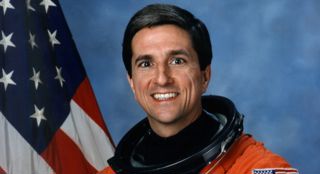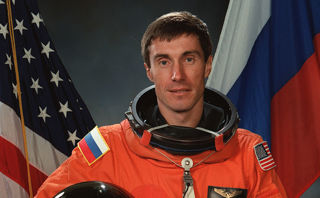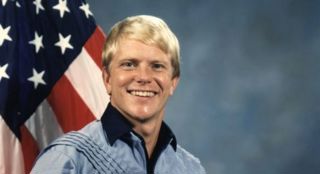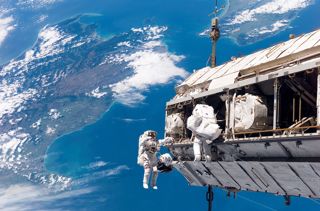
Astronauts
Over the 21 years the National Space Centre has welcomed visitors, we have also been honoured to welcome some inspirational guests.
The following are the just some of amazing individuals who have supported the charity, visited the Centre and inspired future generations of scientists, engineers, and maybe even astronauts.
-
![1024X0 95 3 C FFFFFF C393e7652b2a5c27257808e73e2148ab Buzz Apollo Autograph 2]()
Buzz Aldrin
Read more
-
![400X400 85 1 C FFFFFF 049E18661f4d36331db03b76533a64ef Hof 94 Duke 1]()
Charles Moss “Charlie” Duke, Jr
Read more
-
![400X400 85 1 B FFFFFF 0Bc915367b6e87ca9c9a6108d55c2845 819Px Walter Cunningham2]()
Ronnie Walter Cunningham
Read more
-
![800X400 85 1 T FFFFFF 62F2e3842f40e612c26cff7a22489c55 Chrishad]()
Chris Austin Hadfield
Read more
-
![1024X0 95 3 C FFFFFF 4Aa077129164541f3093d4882ca27749 Edited Michaelfoale]()
Michael Foale
Read more
-
![1024X0 95 3 C FFFFFF 57F9950796807b91b16454d8c97c6bf1 Piers Edit]()
Piers Sellers
Read more
-
![1024X0 95 3 C FFFFFF 5F0cf3b4760a09c5a8868c471fe9f3d5 Mmedited]()
Dr. Mamoru Mohri
Read more
-
![Helensharman]()
Dr Helen Sharman
Read more
-
![IMG 0114]()
Tim Peake
Read more
-
![1024X0 95 3 C FFFFFF 5994F6f1e4c086395acde9a48417d34d Guionedited]()
Guion Stewart Bluford, Jr.
Read more
-
![1024X0 95 3 C FFFFFF 49160Ddbe9386675140b0c7e7ca1f018 Bernardanthony]()
Bernard Anthony Harris, Jr.
Read more
-
![720Px Pamela Melroy3 1]()
Pamela Anne Melroy
Read more
-
![1024X0 95 3 C FFFFFF Bc59eeaa4cfb625b75945021e9aabda3 1280Px Sts 112 Ashby Prepares For Launch]()
Jeffrey Shears “Bones” Ashby
Read more
-
![1024X0 95 3 C FFFFFF C1a67b4fdf1da273eceaef03c9416f93 Sandrahall]()
Sandra Hall Magnus
Read more
-
![1024X0 95 3 C FFFFFF 18404B75c9308f8796f7d9460900d7e5 006 Relaxedposes 02 Front 0026]()
Fyodor Nikolayevich Yurchikhin
Read more
-
![1024X0 95 3 C FFFFFF 10E03bb15306b356cc8db3e3729d9c64 Wolfedit]()
David Alexander Wolf
Read more
-
![1024X0 95 3 C FFFFFF B4a824cb85ce69af8b89b7331ceabbf6 Dianaedit]()
Stephanie Diana Wilson
Read more
-
![1024X0 95 3 C FFFFFF 3012Cd64bb08f9873b36794af542db6b Kellyedit]()
Mark Edward Kelly
Read more
-
![1024X0 95 3 C FFFFFF D6e755ce090f8678e0fd6b66f0a9c36a Lisanowak]()
Lisa Marie Nowak
Read more
-
![1024X0 95 3 C FFFFFF 04Df9a58d1057d863433efbc93d36bb1 Brian Duffy Slider]()
Brian Duffy
Read more
-
![1024X0 95 3 C FFFFFF 9650B961187fa19493ed102eacc34b13 Jefferyalan]()
Jeffrey Alan Hoffman
Read more
-
![1024X0 95 3 C FFFFFF 9Ec62e74b19ad7fd546be06c1fd8ad13 Paoloedited]()
Paolo Angelo Nespoli
Read more
-
![1024X0 95 3 C FFFFFF 09D2ac9e1e9f62e508fbef8a1cfd6f0b Donthomasedited]()
Donald Alan Thomas
Read more
-
![Sergei Konstantinovich Krikalev Mg 1]()
Sergei Konstantinovich Krikalev
Read more
-
![1024X0 95 3 C FFFFFF 95C652d5000ce152833fe3ca97886b8e Pinkyedited]()
George Driver “Pinky” Nelson
Read more

